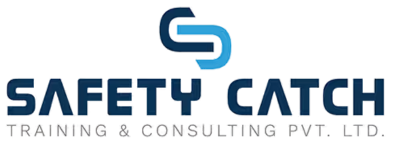Rigger Training
- Home
- Rigger Training
Building Competency in Safe Rigging Practices
Rigging is a critical component of material handling and lifting operations in industrial and construction settings. Improper rigging practices can result in dropped loads, equipment failure, and serious injuries. Rigger Training is essential for individuals involved in load lifting, ensuring they understand the fundamentals of rigging safety, equipment selection, and load control techniques.
What is Rigger Training?
Rigger training provides in-depth knowledge of safe rigging practices, focusing on load weight calculations, sling and hook selection, and proper use of personal protective equipment (PPE). Trainees learn how to inspect rigging equipment for defects, determine safe working loads, and execute lifting operations in coordination with crane operators and lifting supervisors. This training ensures that all rigging activities are carried out with precision and adherence to safety guidelines.
Benefits of Rigger Training
By undergoing rigger training, individuals gain the skills necessary to perform lifting operations safely and efficiently. This not only protects workers and equipment but also ensures compliance with industry regulations. Well-trained riggers contribute to a smoother workflow by reducing errors and minimizing delays caused by unsafe rigging practices. In addition, certification in rigging enhances employability, as many industries require formal training to meet workplace safety standards.
- Since 2010 | 35,000+ Trained | 250+ Clients | 4 Countries
